Fatigue Limit And Material Performance
Introduction to the Fatigue Limit
The fatigue limit, also known as the endurance limit, denotes the maximum stress that a material can withstand over an indefinite number of load cycles without failing. In many technical applications, materials are exposed to repeated or fluctuating loads, which, over time, may lead to failure even when the applied stress is well below the material’s tensile strength. Understanding the fatigue limit is essential for ensuring the long‐term reliability of components subjected to cyclic loading, for example in machinery, automotive parts and structural elements.
In contrast to static loads that can be analysed using traditional strength properties, fatigue is a dynamic phenomenon. Even materials with high strength can fail after numerous cycles, thereby making fatigue a critical factor in design and material selection.
Factors Affecting the Fatigue Limit
The fatigue limit of a material is influenced by several factors, which renders its prediction and control complex. These factors include:
1. the Material Composition and Microstructure:
The internal structure of a material plays a significant role in its fatigue limit. For instance, materials with a fine‐grained microstructure exhibit improved fatigue resistance compared to those with a coarse‐grained structure. Alloying elements can affect fatigue behaviour. For example, steel with high carbon content typically has a lower fatigue limit than steel with low carbon content.
2. the Surface Quality:
The condition of the surface may considerably influence the fatigue strength of a material. Surface defects, scratches and roughness act as stress concentrators, which can initiate cracks under cyclic loading. Polishing or applying coatings to surfaces may improve fatigue performance.
3. the Loading Conditions:
The magnitude and nature of the applied load are essential. A high mean stress (tensile or compressive) reduces the fatigue limit, whereas a compressive load can increase it. The frequency of loading and whether the load is constant or fluctuating (e.g. sinusoidal or rectangular) also affect the fatigue limit.
4. the Temperature:
Elevated temperatures can impair the fatigue performance of a material. High temperatures may cause a softening of materials, thereby reducing their ability to resist cyclic loading. Conversely, cryogenic temperatures can enhance the fatigue performance of certain materials, such as titanium.
5) Corrosion:
Materials exposed to corrosive environments (e.g. sea water or chemicals) often suffer from corrosion fatigue. The degradation of the surface reduces the fatigue limit.
6) Notch Sensitivity:
Materials that are highly notch sensitive exhibit a lower fatigue limit. A sharp notch, crack or defect in the material geometry can reduce the fatigue strength significantly, as it concentrates stress and promotes crack initiation.
Application of the Fatigue Limit
The fatigue limit is particularly critical in industries where materials are subject to repeated or fluctuating loads. Some important applications are:
1. the Automotive Industry:
Components such as crankshafts, axles and suspension parts experience cyclic loading during operation. Ensuring that these components have an adequate fatigue limit is essential for vehicle safety and performance.
2) Aerospace:
Aircraft components including wing structures, landing gear and turbine blades are exposed to severe cyclic loads during flight. The fatigue limit ensures these components withstand the mechanical demands over repeated cycles.
3. the Construction Sector:
Building materials such as steel beams and bridges are subjected to fluctuating loads from traffic or wind. Engineers must ensure that these materials offer a sufficiently high fatigue limit to maintain structural integrity and long‐term safety.
4) Medical Devices:
Certain medical implants, such as joint replacements or stents, are exposed to repeated loading due to bodily movements. The fatigue limit of their materials is critical to ensure that these implants function reliably over their intended lifespan.
5. the Energy Sector:
Wind turbine blades, oil drilling rigs and power plant components operate under cyclic loads. Fatigue analysis ensures that these parts endure mechanical stress over extended periods.
Fatigue Limits of Various Materials
Different materials exhibit varying fatigue limits, which directly affect their suitability for specific applications. The approximate fatigue limits for some common materials are outlined below:
|
Material |
Fatigue Limit (MPa) |
Notes |
|
Unalloyed Steel |
140 - 210 |
Steels with low carbon content exhibit moderate fatigue performance. |
|
High-Strength Steel |
280 - 450 |
Steel alloys with higher tensile strength often have greater fatigue limits. |
|
500 - 700 |
Titanium alloys exhibit high fatigue performance, particularly at elevated temperatures. |
|
|
90 - 250 |
Aluminium alloys exhibit moderate fatigue resistance and are frequently employed in the aerospace sector. |
|
|
Nickel Alloys (e.g. Inconel) |
450 - 650 |
Nickel‐based alloys demonstrate high fatigue resistance, particularly under extreme temperatures. |
|
Cast Iron |
70 - 140 |
Cast iron has a lower fatigue limit owing to its brittle nature. |
|
10 - 50 |
Ceramics generally have very low fatigue limits owing to their brittle properties. |
|
|
Magnesium Alloys |
90 - 160 |
Magnesium alloys exhibit moderate fatigue resistance and are employed for lightweight components. |
Frequently Asked Questions
What is the difference between the fatigue limit and tensile strength?
The fatigue limit refers to the maximum stress a material can withstand over an infinite number of cycles without failing. The tensile strength is the maximum stress that a material can endure before fracturing under a single load.
Can fatigue failure be prevented?
Fatigue failure cannot always be entirely prevented, but its onset can be delayed by selecting materials with high fatigue limits, improving surface quality and designing components to avoid sharp edges and high stress concentrations.
What influence does temperature have on the fatigue limit?
Elevated temperatures may reduce the fatigue limit of many materials. For example, metals tend to soften at high temperatures, thereby reducing their ability to resist cyclic loads.
How can the fatigue life of a component be extended?
The fatigue life of a component can be extended by using materials with high fatigue limits, improving surface quality, applying surface treatments and optimising the design to reduce stress concentrations.
Does every material have a fatigue limit?
Not all materials possess a distinct fatigue limit. In some cases, such as certain polymers or metals, a defined fatigue limit may not exist, and the material may fail after a specific number of cycles at lower stress levels.

 Bars
Bars
 Beads & Spheres
Beads & Spheres
 Bolts & Nuts
Bolts & Nuts
 Crucibles
Crucibles
 Discs
Discs
 Fibers & Fabrics
Fibers & Fabrics
 Films
Films
 Flake
Flake
 Foams
Foams
 Foil
Foil
 Granules
Granules
 Honeycombs
Honeycombs
 Ink
Ink
 Laminate
Laminate
 Lumps
Lumps
 Meshes
Meshes
 Metallised Film
Metallised Film
 Plate
Plate
 Powders
Powders
 Rod
Rod
 Sheets
Sheets
 Single Crystals
Single Crystals
 Sputtering Target
Sputtering Target
 Tubes
Tubes
 Washer
Washer
 Wires
Wires
 Converters & Calculators
Converters & Calculators
 Write for Us
Write for Us
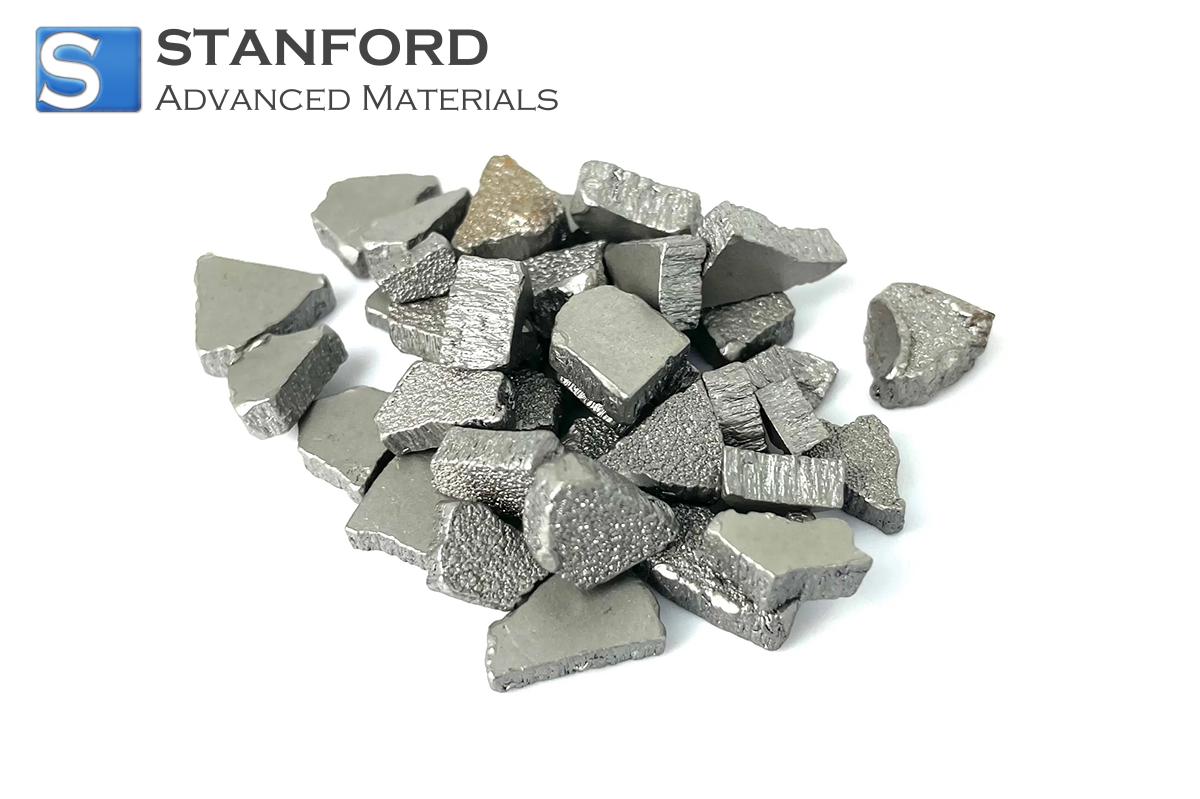
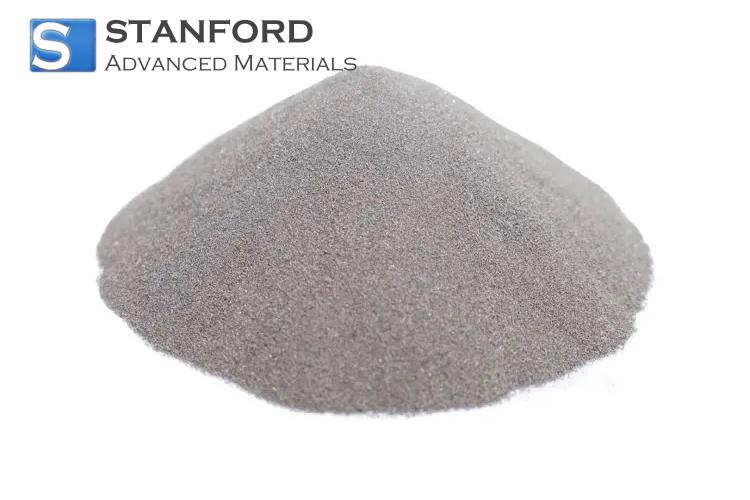
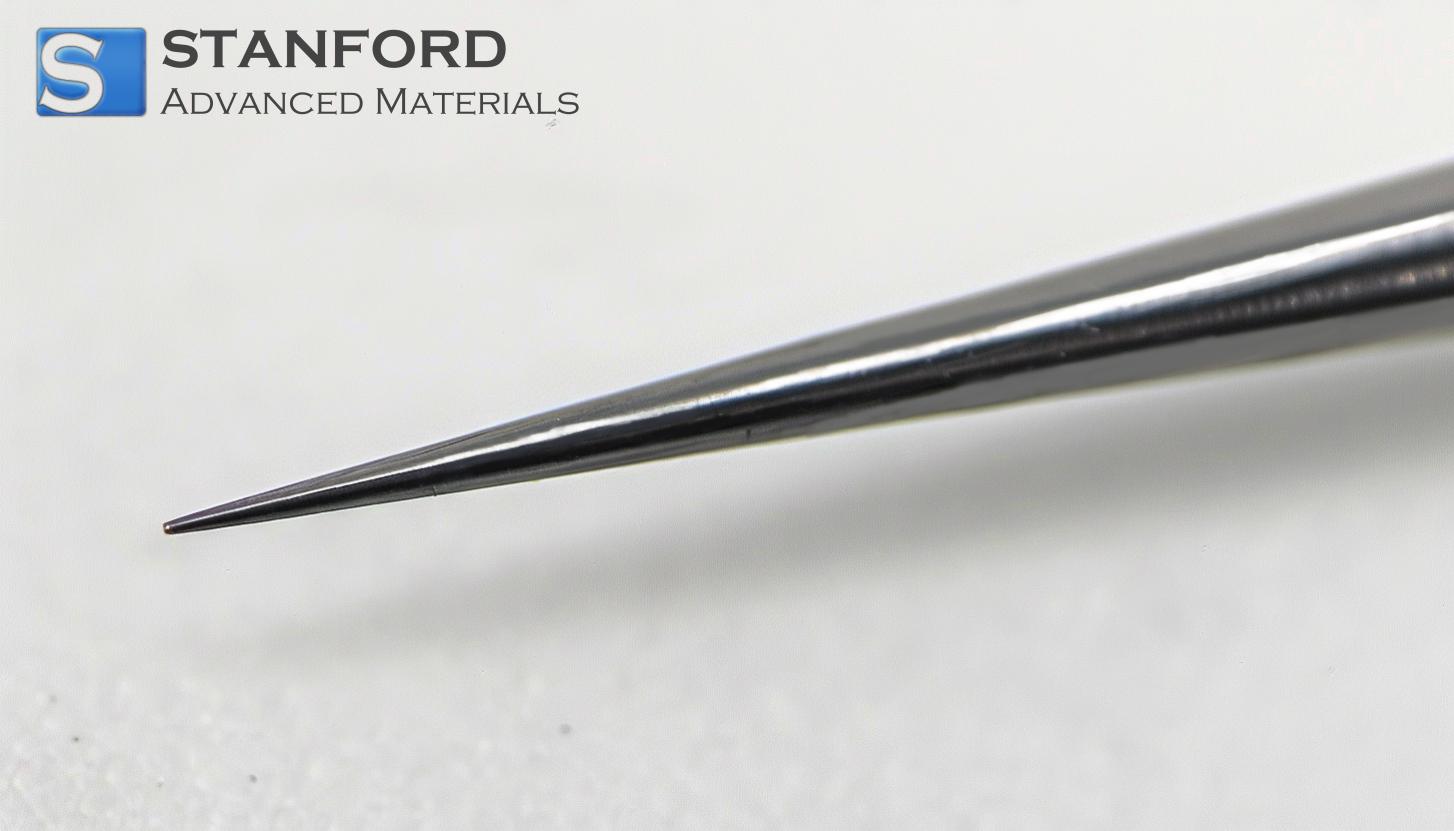
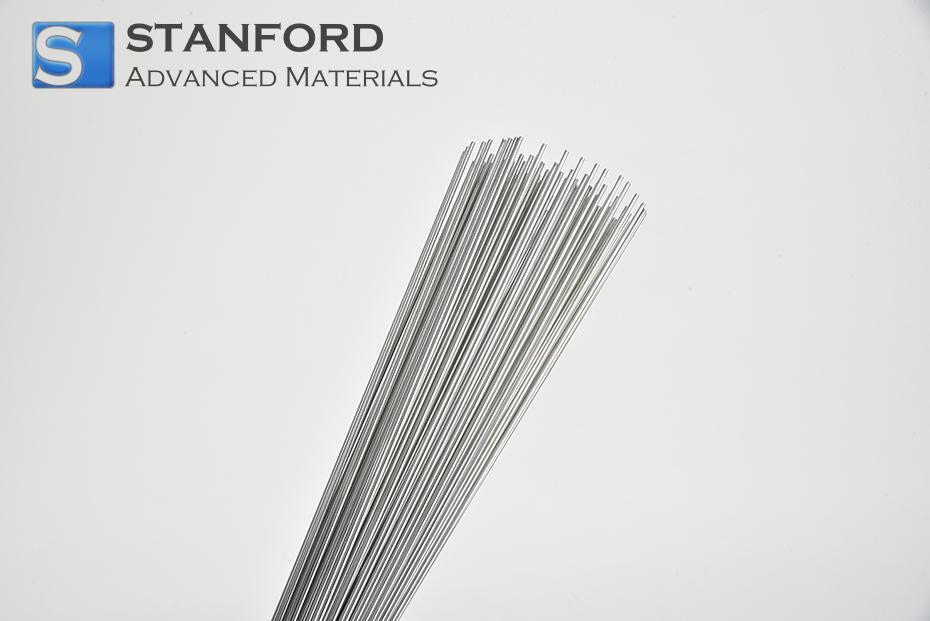
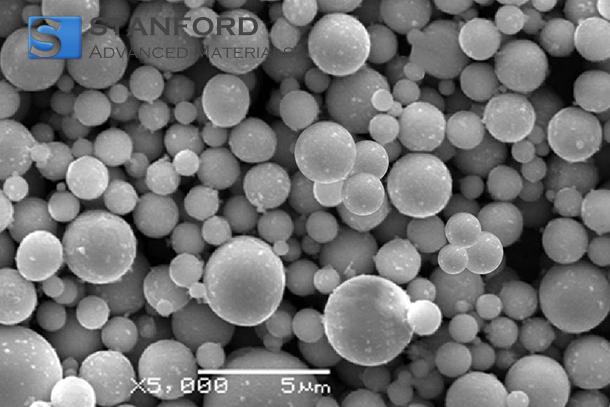
 Chin Trento
Chin Trento



